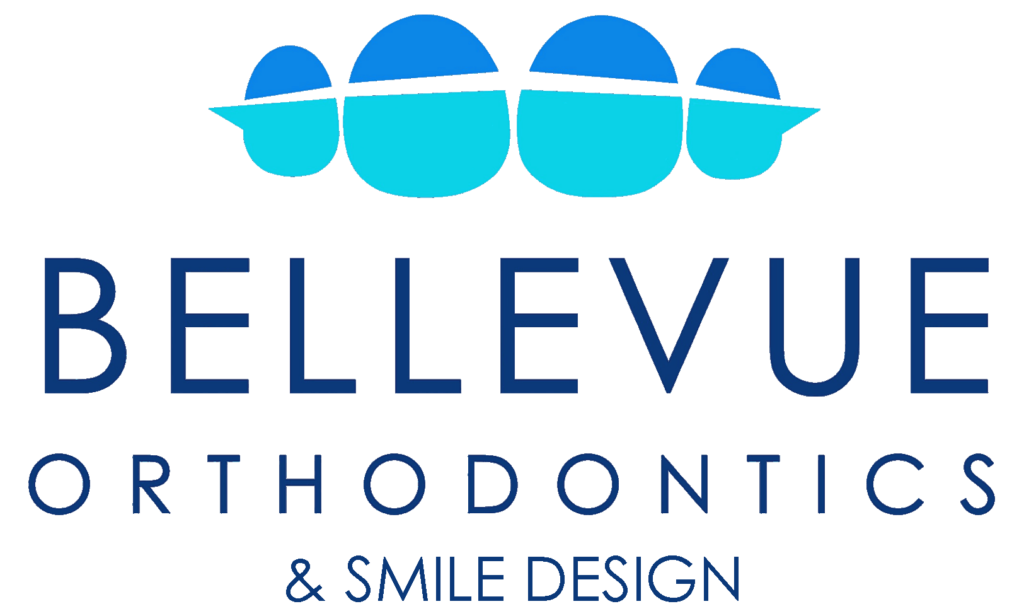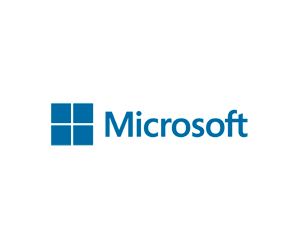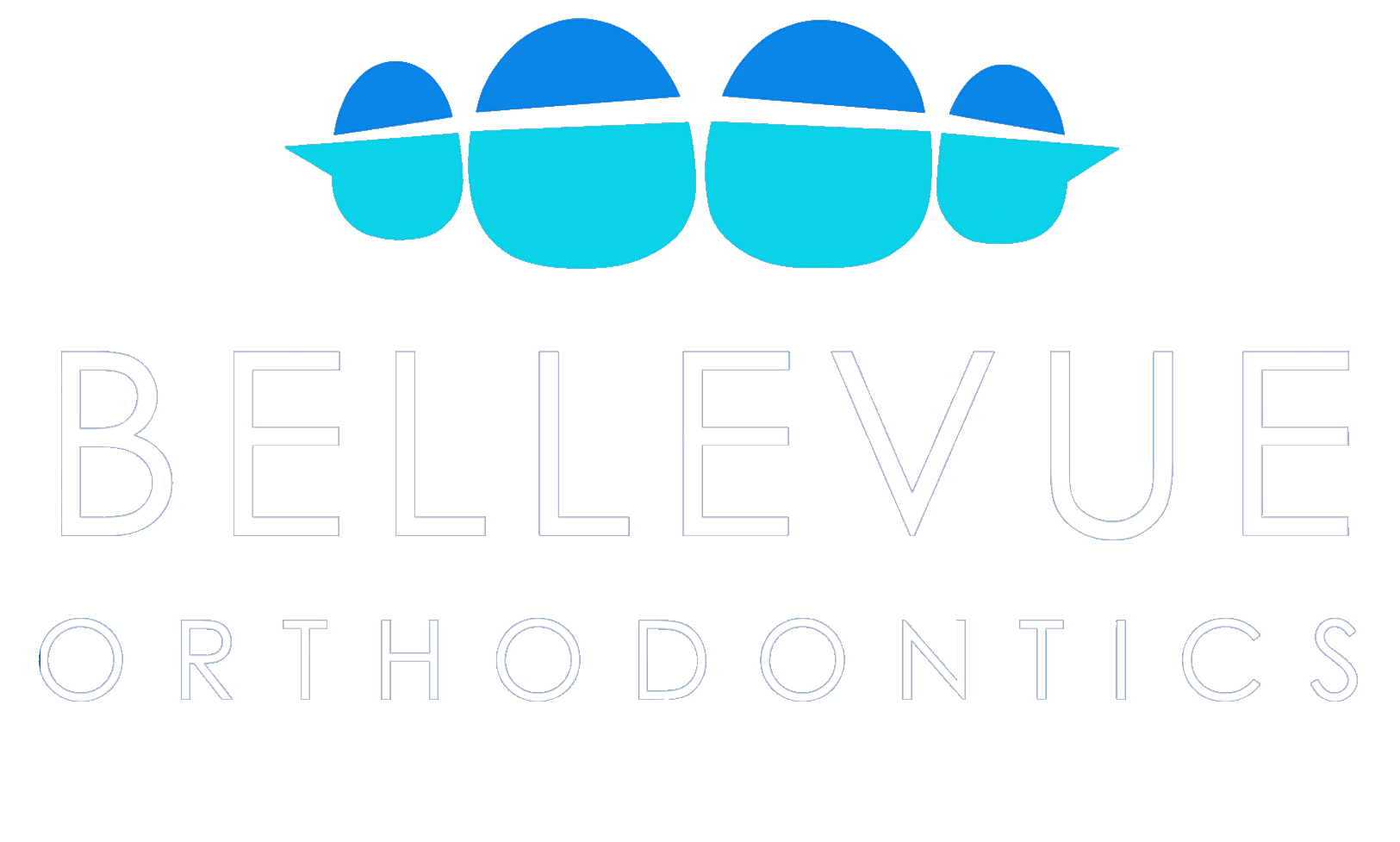What are Clear Aligners and how are they different than Invisalign?
Clear Aligners are a series of clear, thermoformed plastic retainers designed to move teeth. They are custom-made for each patient. Like “Kleenex,” which is a brand of tissue, many people refer to all types of aligners as “Invisalign.”
Invisalign is by far the best-known Clear Aligner system, but today, it is not necessarily the best appliance choice for every individual patient. Invisalign is the most well-branded Clear Aligner system, but there are many other systems that may offer better clinical outcomes in specific situations. There are literally hundreds of different Clear Aligner systems of varying quality worldwide. A few of the common systems available in North America include:
- ClearCorrect
- Movement Aligners
- Invisalign
- Suresmile
- Clarity Aligners
- SDC (Smile Direct Club)
- Candid Co
- BYTE
- SmileLove
- SnapCorrect
Do Clear Aligners like Invisalign work?
Yes—but the answer is complicated. Clear Aligner systems like Invisalign are not appropriate for all types of orthodontic problems. All custom appliances like Clear Aligners (of which Invisalign is one) are innovative and technically sophisticated, with the ability to provide relatively aesthetic orthodontic treatment.
This innovative technology is not unlike the iPhone in the sense that Invisalign—the first popular Clear Aligner system—changed the way orthodontists practice and improved treatment options for millions of patients worldwide.
In reality, Clear Aligners are technically advanced orthodontic appliances that are highly dependent upon the experience and judgment of the orthodontist. Unfortunately, many Clear Aligner systems, including Invisalign, are marketed directly to the public, and some systems use a “direct-to-patient” care model, where aligners are sold without the supervision of an orthodontist or even a dentist.
These direct-to-patient systems can cause significant harm if used with the wrong treatment plan or for the wrong patient. All Clear Aligner systems are fabricated using a “Treatment Setup,” which digitally repositions the teeth. This setup is used to fabricate the Clear Alignersystem by “staging” tooth movements from the original (crooked) tooth model to the straight model in small increments. At each step, a new 3D-printed model of the patient’s teeth is created, and a thermoformed retainer is fabricated.
This process results in a series of Clear Aligners, where each aligner is sequentially straighter than the one before. However, the setup model only considers tooth position, not bone or soft tissue status—factors that significantly impact treatment planning and tooth movement sequencing.
Additionally, the mechanics of Invisalign (i.e., the application of force) differ from traditional braces. To use Invisalign effectively, the practitioner—whether an orthodontist or a general/aesthetic dentist—must make a significant educational investment in this powerful tool.
General/aesthetic dentists often lack the training to assess the complexity of orthodontic cases. This ability comes from two to three years of postdoctoral orthodontic education. The fact that the question “Does Invisalign work?” remains common highlights the issues many practitioners face in using these appliances properly and the marketing abuses by some companies selling directly to patients.
Does Invisalign only work in all orthodontic cases?
Invisalign aligners are one of several tools that an orthodontist may use to move teeth, alongside traditional braces and lingual (behind-the-teeth) braces. Each has its own advantages and disadvantages. Certain tooth movements are not accomplished effectively by Invisalign aligners. In such cases, difficult movements may be completed using limited braces on the front or back of the teeth for an aesthetic solution.
By integrating different modalities, experienced orthodontists can treat a wide variety of cases with Invisalign and still achieve ideal results.
Why use Clear Aligners like Invisalign?
Invisalign aligners are thin, clear, removable, and fit closely to the teeth, making them relatively aesthetic compared to traditional braces. The most aesthetic option is certainly lingual braces. Clear Aligners may be less costly than lingual braces and can be removed for eating.
Are there advantages associated with Clear Aligners like Invisalign?
Aesthetics is a major reason patients and orthodontists choose Clear Aligners. However, aligners like Invisalign are not the most aesthetic orthodontic appliance—lingual braces are completely invisible.
Clinical advantages of Clear Aligners include:
- Enhanced control for creating exact spaces (e.g., for restorative dental work).
- Better option for patients with crowns, veneers, or weak enamel, where brackets may not bond well.
- Improved access for specific dental procedures.
- Potentially gentler forces for patients with root resorption concerns.
Does Invisalign cost more than braces?
Fees vary by region. In some areas, including our own, Invisalign is priced similarly to braces. Insurance coverage for Clear Aligner systems like Invisalign is the same as traditional braces in the State of Washington.
Does Invisalign treatment take longer than braces?
No. If the provider is experienced, treatment time should be similar. In some cases, treatment with Clear Aligners can be shorter than with braces. Cases that require complex movements may use a hybrid approach (aligners plus fixed braces), with overall treatment time similar to braces alone.
What is involved in starting Invisalign treatment?
All patients should receive a comprehensive exam of facial structures, teeth, and alignment. Periodontal health is evaluated, and treatment goals are discussed. Diagnostic records—including a digital scan—are taken and used to create a “Treatment Setup,” which represents the straightened teeth. From this setup, movements are planned, and aligners are fabricated.
What happens when I receive the Invisalign aligners?
At your first appointment, aligners will be checked for fit, and you’ll be instructed on how to insert and remove them. You’ll receive cases to store aligners and guidance on how to clean them. This is typically a short and exciting appointment.
What will I notice once I begin wearing the aligners?
You may be surprised how invisible and snug the aligners are. Initially, you may experience increased salivation—your mouth thinks the aligner is food. Speech may be slightly affected, but most people adapt within a day or two.
Is Invisalign treatment painful?
Discomfort varies by individual. Tooth movement requires force, so mild initial discomfort is expected. Aligners typically produce less force than traditional braces, and discomfort often fades quickly after treatment begins.
How many hours per day should I wear the Invisalign aligners?
Ideally, 21 to 22+ hours per day. They should only be removed for eating, oral hygiene, and special occasions. Fewer removals per day typically lead to better results.
Does Invisalign treatment involve attachments?
Yes. Small, tooth-colored attachments are often placed on specific teeth to direct force. Additionally, auxiliaries such as bonded buttons or hooks may be used for elastics.
What if I have a nightguard or biteplate?
Once teeth begin moving, your nightguard won’t fit properly. Instead, you’ll wear the aligners at night, which cover the chewing surfaces and act as a nightguard. Because each aligner is worn for about two weeks, even heavy grinders won’t wear through them.
Should I have a dental check-up before starting Invisalign?
Yes. Issues like decay, gum disease, or tartar buildup should be addressed first. This ensures the best fit for the aligners and optimal results. It also allows collaboration between your dentist and orthodontist.
Can I wear the aligners only at night and still get good results?
No. If you cannot commit to wearing aligners for at least 20 hours a day, braces (either front or lingual) may be a better option.












